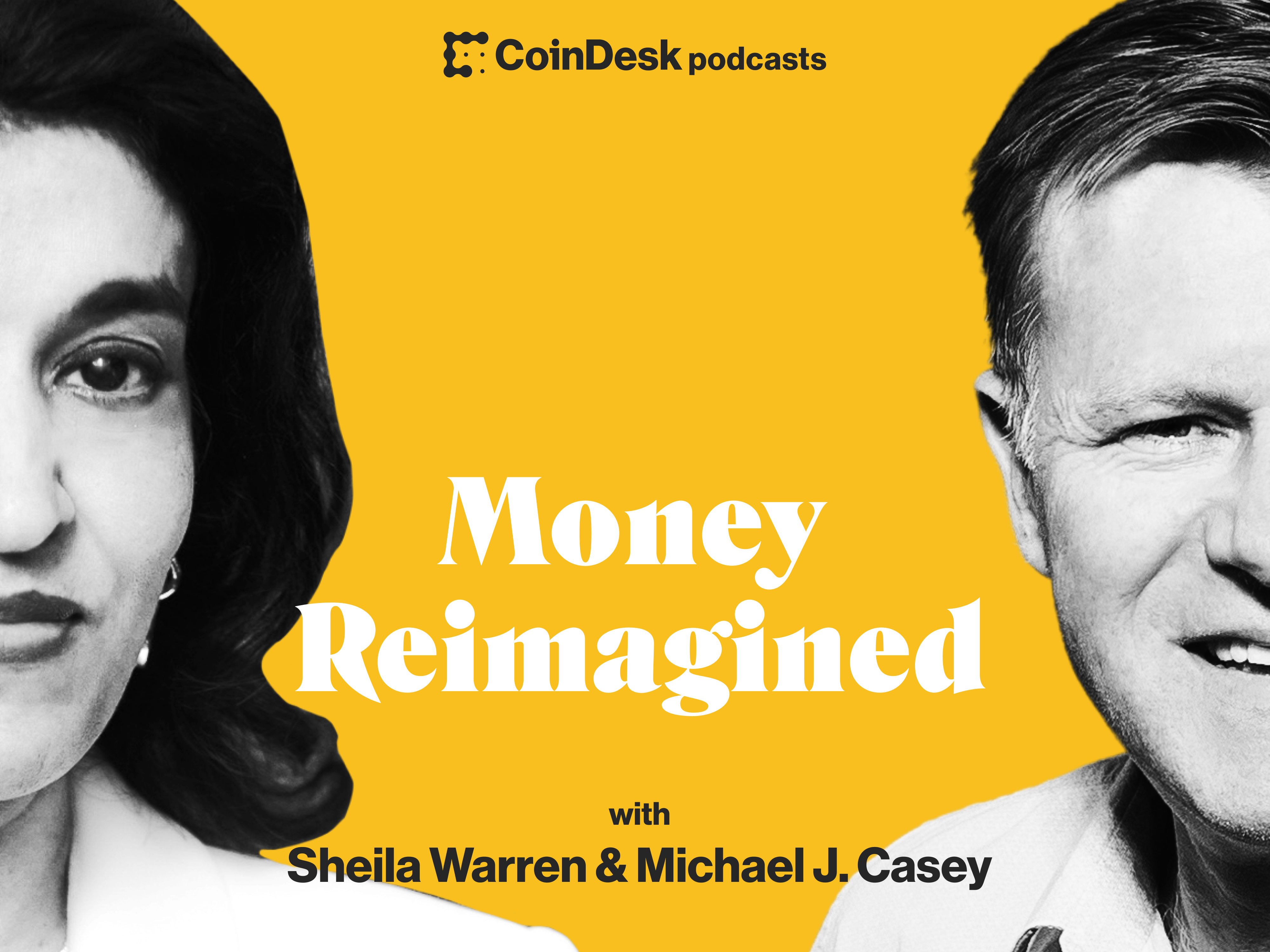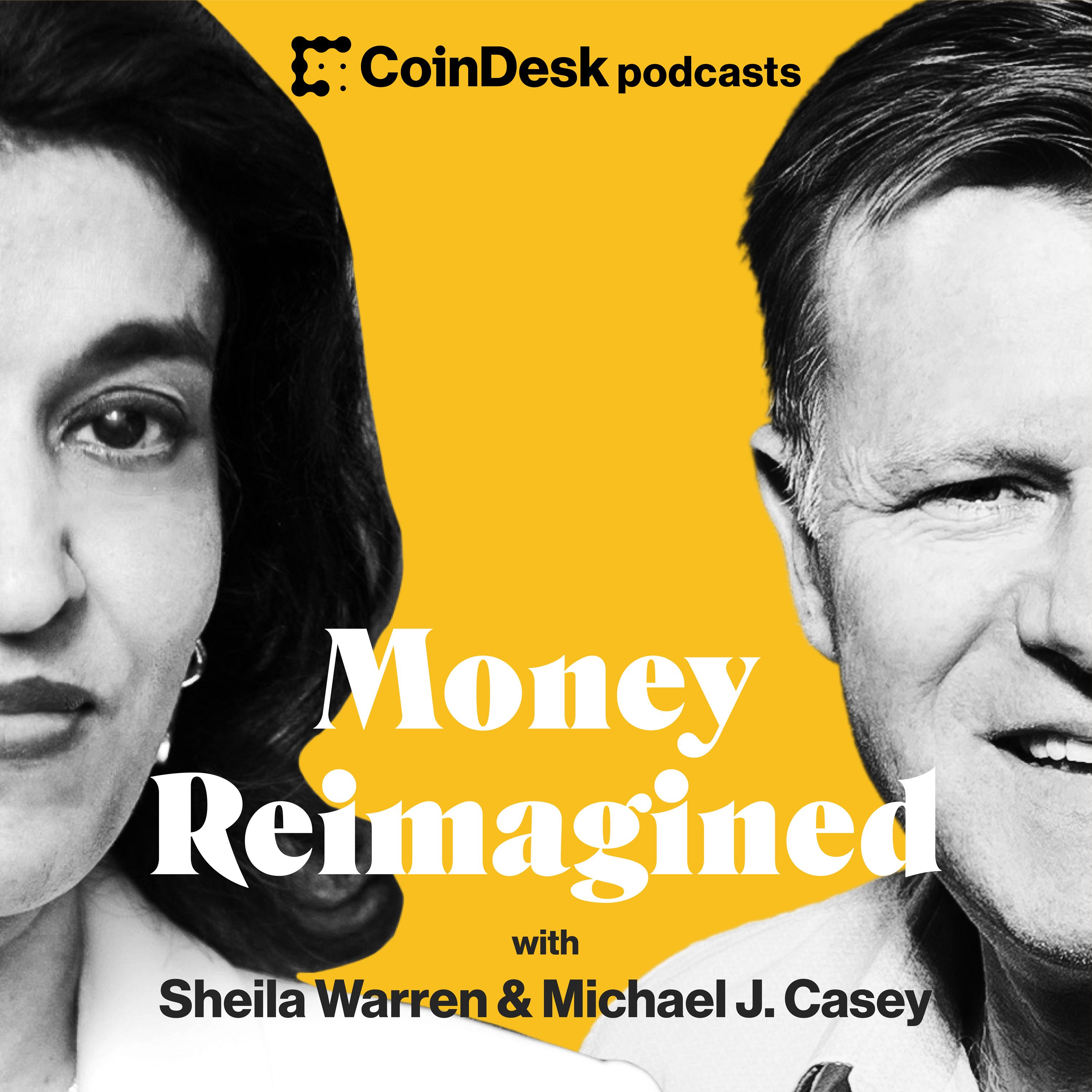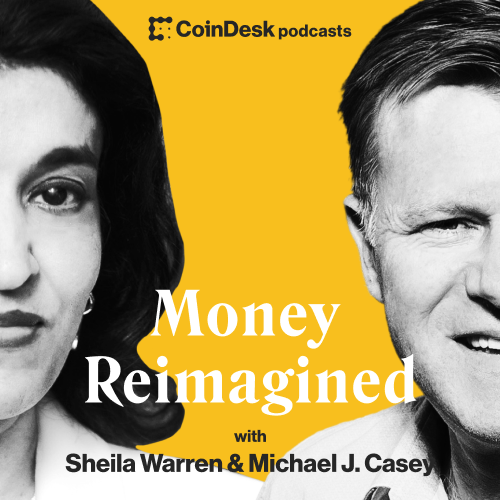As society moves increasingly online, so do the kinds of risks that businesses face. With cybercrime growing exponentially and businesses liabilities expanding as they accumulate giant honeypots of sensitive user data, this week’s "Money Reimagined" explores a new approach toward risk, one fueled by a blockchain mindset.
- An analysis of the state of cybercrime with the explosion in ransomware attacks
- The new mindset based on principles of openness and decentralization
- The case for resiliency and cost-based risk tolerance over efficiency and total protection
This episode is sponsored by PumaPay.io.
Hosts Michael Casey and Sheila Warren are joined by Dante Disparte, chief strategy officer and head of global policy at Circle, whose career was previously centered on radical insurance innovation, and digital pioneer Pindar Wong, chairman of VeriFi, an internet infrastructure consulting firm.
A recent report from Cybersecurity Ventures predicted cybercrime costs are on track to total $6 trillion this year. If cybercrime were a country, it would be the third latest economy in the world.
How can a blockchain mindset reduce those costs? The Colonial Pipeline attack was a case study in the danger of centralization. The wider distribution of value, data and attack points that’s inherent to decentralized blockchain technology, as well as its collective witness feature and the power of collective, iterative improvement in open-source development hints at more effective strategies for managing such risks.
It comes down to a different framing for how to strengthen security. The classical notion of “secured versus not secured” is a prohibitive way of thinking that ignores the grey areas of “at-risk.” Is a health care model, with different levels and types of sickness, a more constructive mindset?
With governments poised to introduce central bank digital. currencies (CBDC) around the world – tempting cybercriminals with the biggest honeypots of them all - a new anti-fragile risk-management framework is crucial for society as these changes shape the digital future.
Image credit: Andy /iStock/Getty Images Plus/ modified by Coindesk













